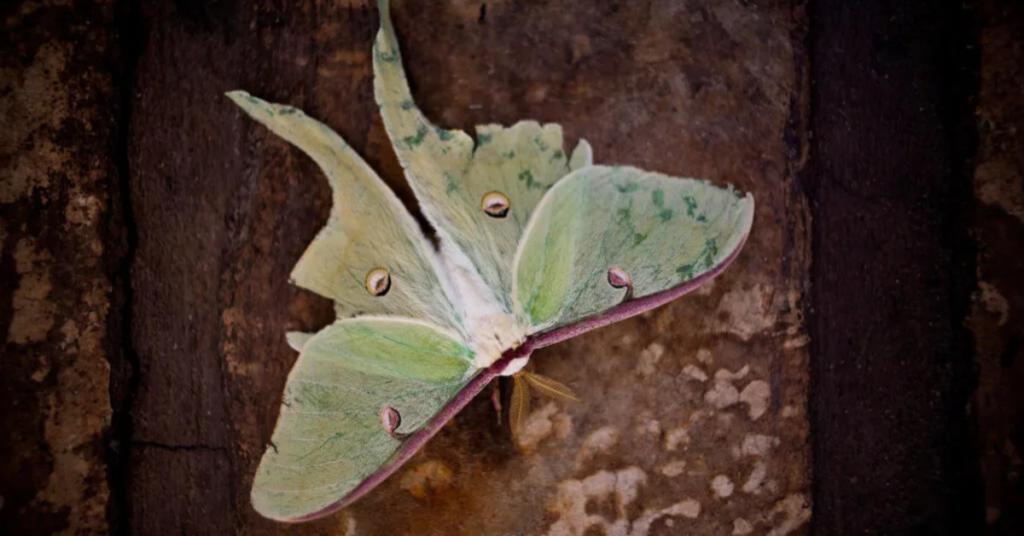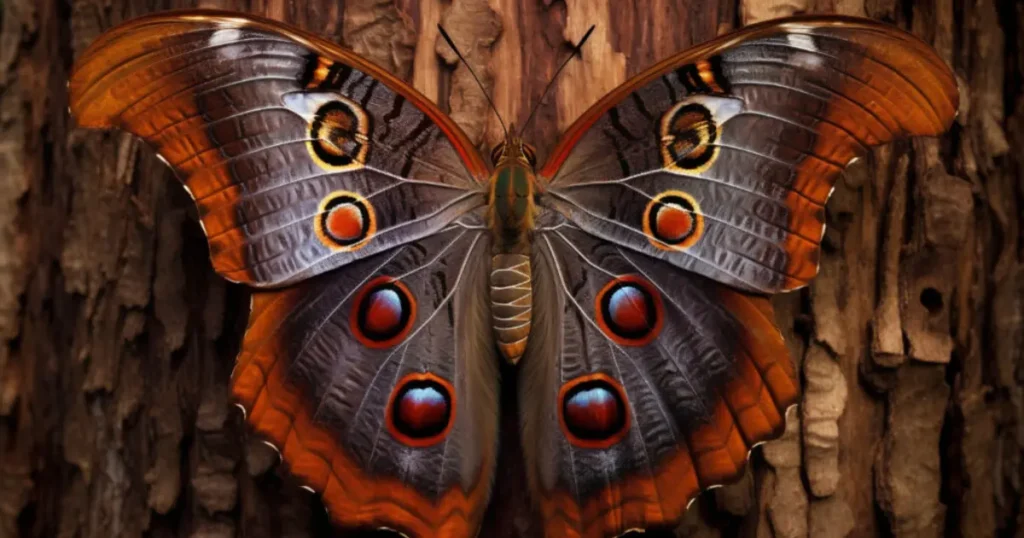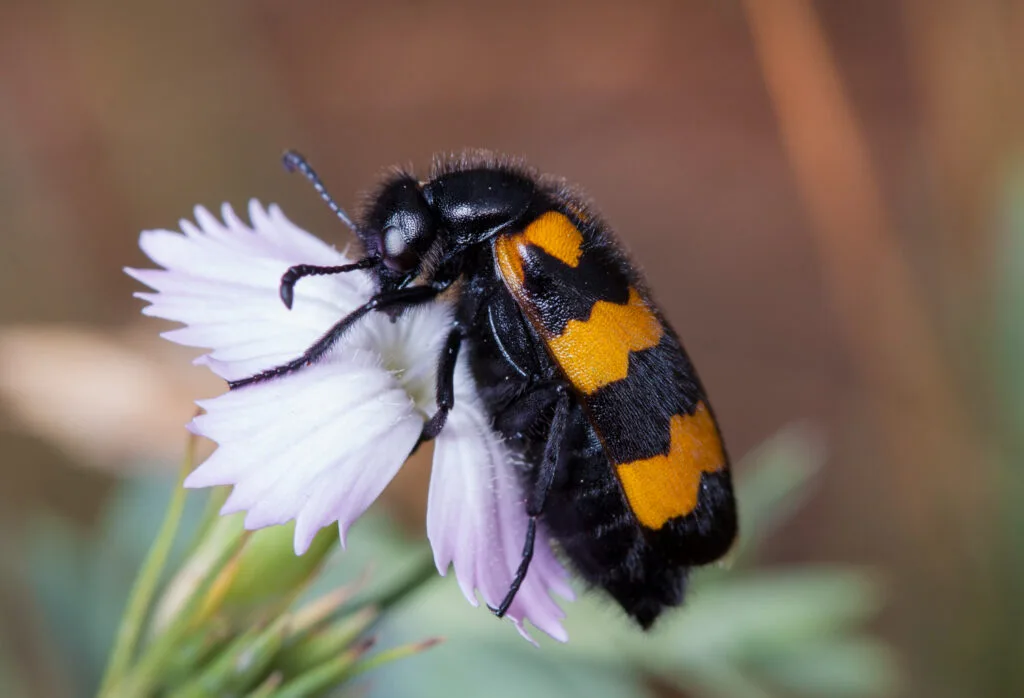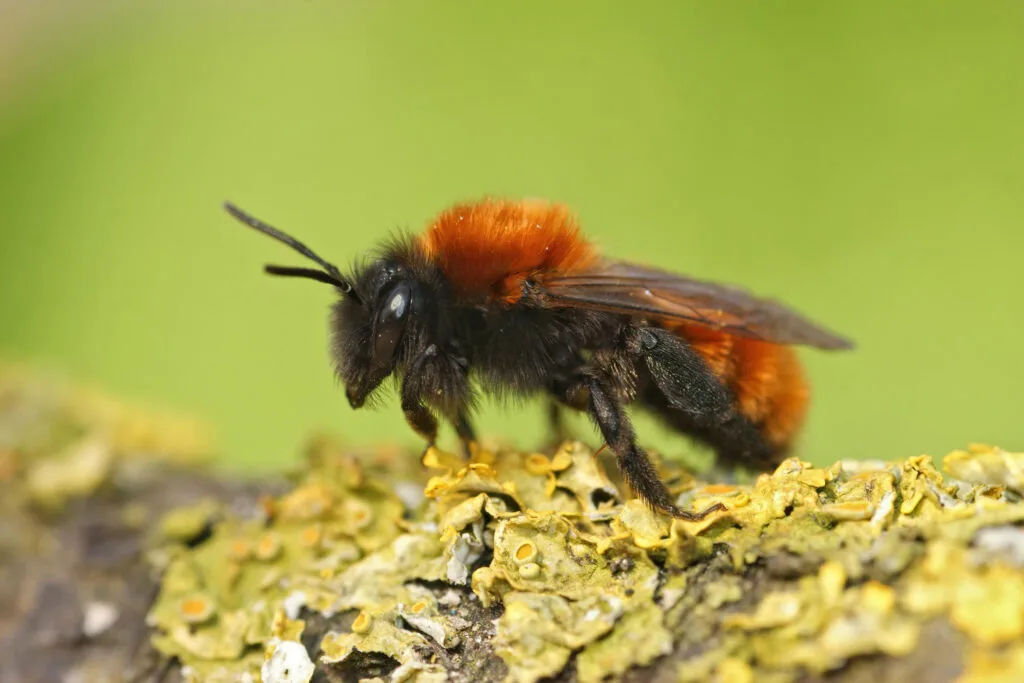When we think of the vastness of the sky, it’s easy to forget that some birds soar higher than even the tallest mountains. In this guide, we explore the highest flying birds in the world – species that have evolved to cruise through the upper reaches of our atmosphere with incredible stamina and strength. Whether you’re a bird enthusiast, a nature lover, or just curious, this journey through the skies will leave you in awe.
Table of Contents
ToggleWhy Do Some Birds Fly So High?
Birds fly at various altitudes depending on their needs—migration, hunting, weather navigation, or escaping predators. But the highest flying birds have developed remarkable adaptations such as increased lung capacity, efficient oxygen absorption, and unique skeletal structures to survive and thrive at high altitudes.
Top 8 Highest Flying Birds on Earth
Each of these birds holds a record or is renowned for their exceptional altitude ranges. Let’s dive into the fascinating lives of these aerial masters.
1. Ruppell's Griffon Vulture – The True Sky King

Altitude Recorded: 37,000 feet (11,278 metres)
The Rüppell’s Griffon Vulture holds the official title for the highest flying bird ever recorded. It collided with a commercial aircraft over Africa at a staggering 37,000 feet! These vultures rely on thermal currents and their enormous wingspans to glide effortlessly at such heights.
2. Common Crane – Elegant Migrator

Altitude Recorded: 33,000 feet (10,000 metres)
These majestic migratory birds can be spotted flying over the Himalayas during their seasonal movements. Their flight formations and aerodynamic build make the Common Crane a powerful example of endurance in the highest flying birds category.
3. Bar-headed Goose – Himalayan Marvel

Altitude Recorded: 29,500 feet (9,000 metres)
Known for crossing the Himalayas during migration, the Bar-headed Goose is a marvel of nature. With efficient oxygen utilisation and powerful wingbeats, it’s one of the most iconic highest flying birds to witness in action.
4. Whooper Swan – Northern Beauty

Altitude Recorded: 27,000 feet (8,200 metres)
Native to Eurasia, this graceful bird is known for its high-altitude flights during long migrations. The Whooper Swan combines strength and elegance, gliding through thin air and extreme cold with ease.
5. Alpine Chough – Agile and Adaptable

Altitude Recorded: 26,500 feet (8,000 metres)
Often seen flying around mountain peaks and ski resorts, the Alpine Chough is a crow-like bird adapted to rugged terrain and icy conditions. It might not be the tallest on the list, but it’s certainly one of the most resilient highest flying birds.
6. Bearded Vulture – Mountain’s Silent Sentinel

Altitude Recorded: 24,000 feet (7,300 metres)
Also called the Lammergeier, this vulture is known for its bone-crushing diet and mysterious presence in remote mountainous areas. The Bearded Vulture prefers solitary flights through alpine skies and earns its place among the highest flying birds.
7. Andean Condor – South America’s Giant

Altitude Recorded: 21,300 feet (6,500 metres)
The Andean Condor, native to the Andes Mountains, uses thermal updrafts to glide gracefully for hours without flapping its wings. Though bulky in appearance, this bird is one of South America’s most iconic highest flying birds.
8. Mallard Duck – The Everyday Surprise

Altitude Recorded: 21,000 feet (6,400 metres)
Often overlooked due to its common presence in parks and ponds, the Mallard Duck shocked researchers by being recorded flying at more than 21,000 feet. It’s a reminder that some of the highest flying birds aren’t always exotic or rare.
Key Adaptations of the Highest Flying Birds
To reach and survive at such altitudes, birds need specific adaptations:
- Efficient Respiratory Systems: Birds like the Bar-headed Goose can process oxygen even in thin air.
- Strong Pectoral Muscles: Helps maintain sustained wing movement in low-oxygen conditions.
- High Haemoglobin Levels: Enhances oxygen delivery to muscles during extended flights.
- Streamlined Body Shapes: Reduces resistance and maximises lift.
These physiological marvels set the highest flying birds apart from the rest of the avian world.
How Altitude Affects Bird Flight
Flying at such great heights means coping with extreme weather, lower oxygen levels, and higher energy demands. The highest flying birds navigate these challenges with instinctive precision and evolutionary brilliance.
Human Fascination with High-Flying Birds
Throughout history, humans have looked to birds as symbols of freedom, resilience, and even spiritual messengers. The highest flying birds capture our imagination the most because they venture where even most aircraft dare not go unaided by machines.
Birdwatching Tips: Spotting High-Flyers
Interested in observing these altitude champions? Here’s how to start:
- Best Time: Migration seasons (autumn and spring).
- Tools Needed: Binoculars, spotting scopes, and bird flight apps.
- Locations: Mountain ranges, valleys, and migratory corridors like the Himalayas and Andes.
Always keep a field guide handy and be patient—these highest flying birds don’t always fly low!
Conclusion
From the bone-dropping Bearded Vulture to the mighty Bar-headed Goose, the highest flying birds show us that the sky is not the limit—it’s a realm to be conquered. These avian adventurers represent endurance, adaptation, and the raw beauty of nature. So next time you look up, remember that somewhere up there, beyond the clouds, a bird might just be soaring higher than you ever imagined.







